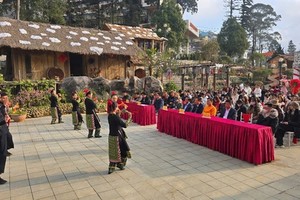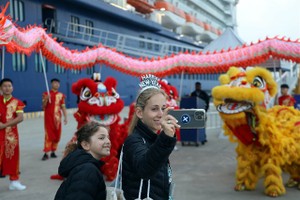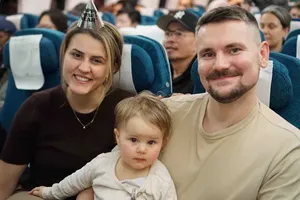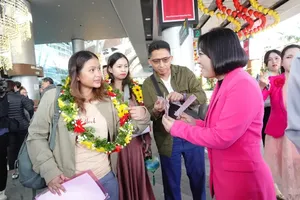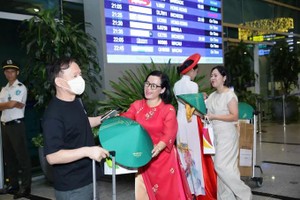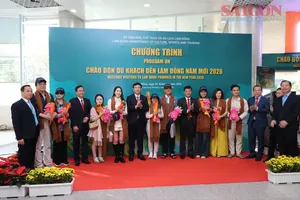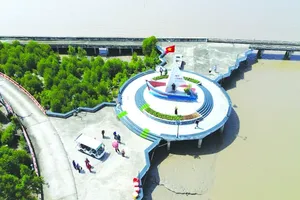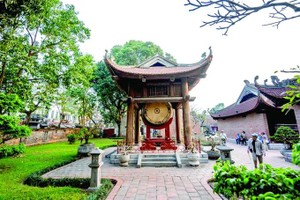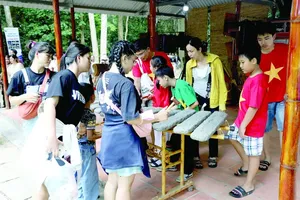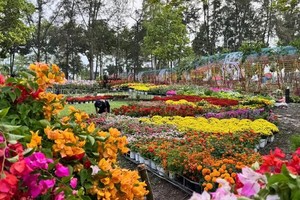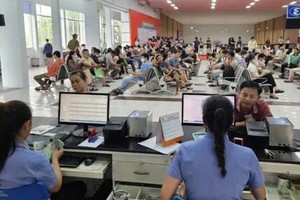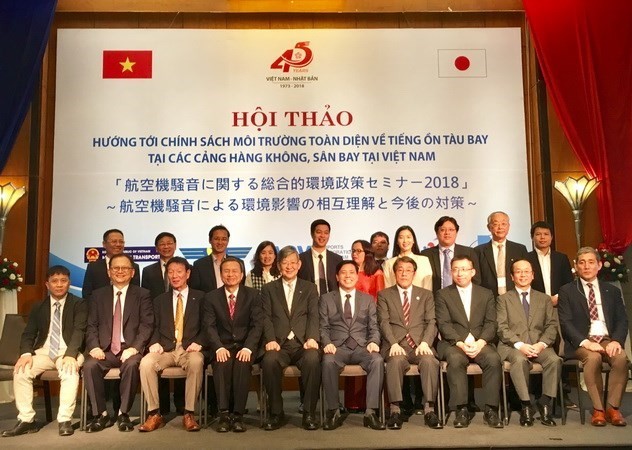
Japanese Ambassador to Vietnam Umeda Kunio said the Southeast Asian nation is recording impressive economic growth and attracting great foreign investment, especially in transport infrastructure.
Such development has led to air and noise pollution, particularly at airports, and Japan, a country experienced in dealing with noise pollution, will be a companion to Vietnam in solving this problem, he pledged.
According to the MoT’s Institute of Transport Science and Technology, noise levels in the vicinity of Vietnamese airports are about 48 – 71dB.
Meanwhile, the World Health Organisation (WHO) recommends humans should not be exposed to more than 45dB and 40dB of day-time and night-time aircraft noise, respectively. Or else, it could affect their physical and mental health.
At present, national noise standards have just regulated permitted noise levels in general, which are insufficient and inaccurate for airports, according to the workshop.
Participants said Vietnam can consult measures Japan has taken to deal with noise, including reducing noise at source (improving aircraft’s quality and flight operation measures, reducing taking-off and landing activities at night), upgrading airports’ structure (relocating runways, building runways at sea), and implementing environmental measures around airports (completing public facilities, building sound-proofing houses, creating “green” buffer zones).
The country also needs to build models to assess the exposure to aircraft noise and specify affected areas.
Additionally, the Civil Aviation Authority should align local noise standards with the recommendations of the International Civil Aviation Organisation and the WHO, the seminar heard.

